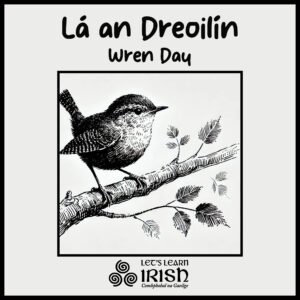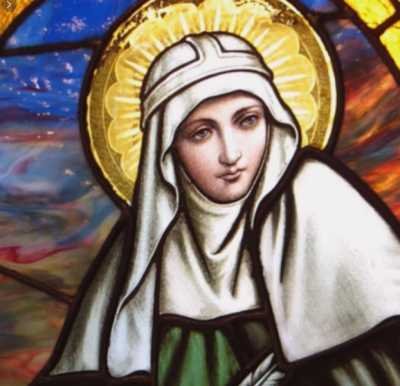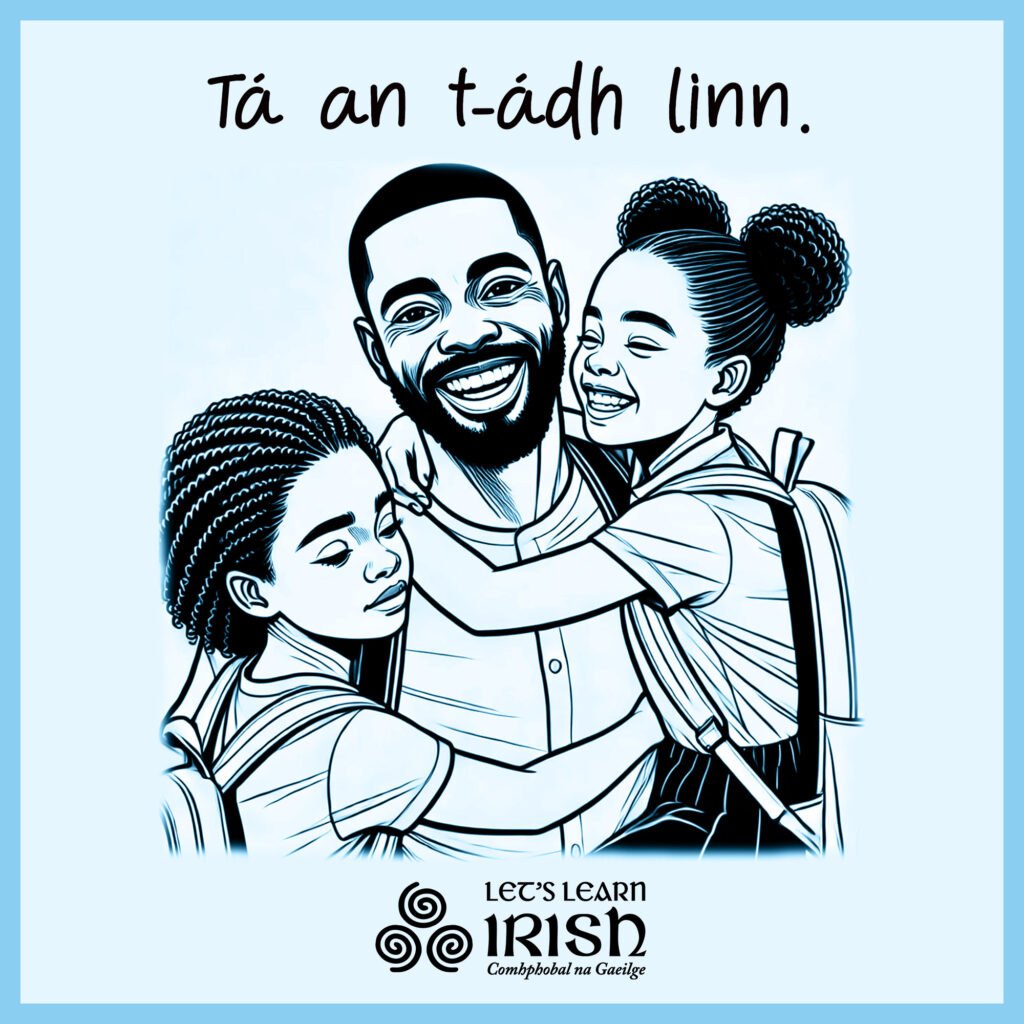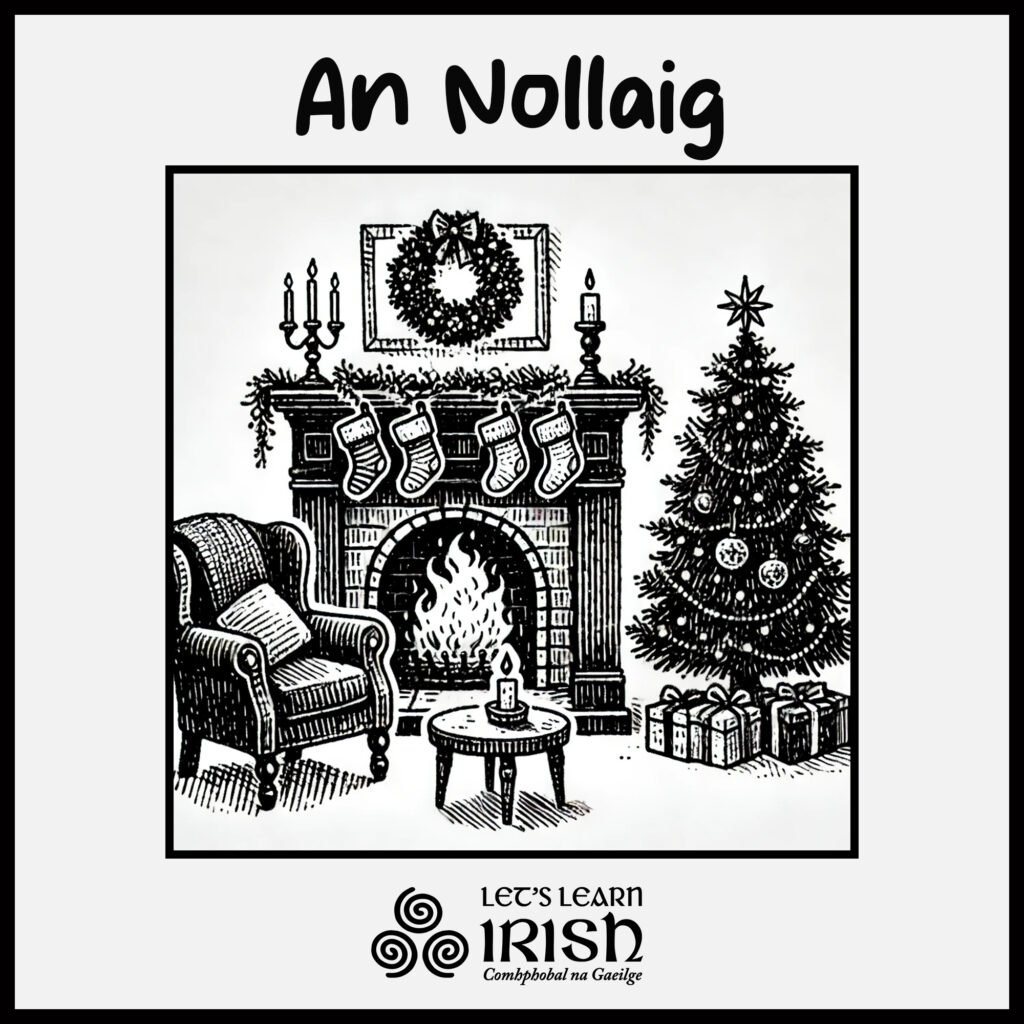Lá an Dreoilín / Wren Day
Lá an Dreoilín
 Tá trácht ag go leor scríbhneoirí ar Lá an Dreoilín thar na blianta. Ciallaíonn an focal ‘dreoilín’ cleasaí. Is éinín beag faiteach é an dreoilín ach an-chleasaí is ea é.
Tá trácht ag go leor scríbhneoirí ar Lá an Dreoilín thar na blianta. Ciallaíonn an focal ‘dreoilín’ cleasaí. Is éinín beag faiteach é an dreoilín ach an-chleasaí is ea é.
Fadó ó shin, bhí na héin bailithe le chéile chun rí na n-éan a roghnú. Shocraigh siad go bpiocfaidís an t-éan ba airde a d’eitleodh agus bhí an chuma air nach bhféadfadh éinne acu an t-iolar a sharú. Sheas an dreoilín ar dhroim an iolair, áfach, agus nuair a shroich sé an pointe ba airde, bhí an dreoilín ábalta dul beagainín ní ba airde fós. Mar sin tugtar ‘Rí na n-Éan’ ar an dreoilín.
Théadh páistí óga amach roinnt laethanta roimh an Nollaig ag fiach dreoilíní. Ar an 26ú lá théidís ó theach go teach agus dreoilín acu ag iarraidh airgid nó sólaistí éigin ar mhuintir an tí. Tá sé de nós fós ag páistí in Éirinn gléasadh suas agus dul ó theach go teach ag seinnt ceoil agus ag bailiú airgid an lá seo. De ghnáth bíonn ceol an-mhaith acu agus bailíonn siad airgead. Ag an deireadh eagraítear damhsa agus cóisir leis an airgead nó tugtar do charthanacht é.
Wren Day
 Many writers have commented on Wren Day over the years. The word ‘wren’ means trickster. The wren is a mischievous but very clever little bird.
Many writers have commented on Wren Day over the years. The word ‘wren’ means trickster. The wren is a mischievous but very clever little bird.
Long ago, the birds gathered together to choose the king of the birds. They decided to pick the highest flying bird and it seemed that none of them could surpass the eagle. The wren stood on the eagle’s back, however, and when he reached the highest point, the wren was able to go a little higher still. The wren is therefore known as the ‘King of Birds’.
Young children would go out a few days before Christmas hunting wrens. On the 26th day they would go from house to house with a dead wren asking the people of the house for money or some snacks. It is still customary for children in Ireland to dress up and go from house to house playing music and collecting money on this day. They usually have very good music and raise money. At the end a dance and party is organised with the money or it is given to charity.
Bígí páirteach!
Join the online Irish community at LetsLearnIrish.com.
Follow on social media @LetsLearnIrish.





